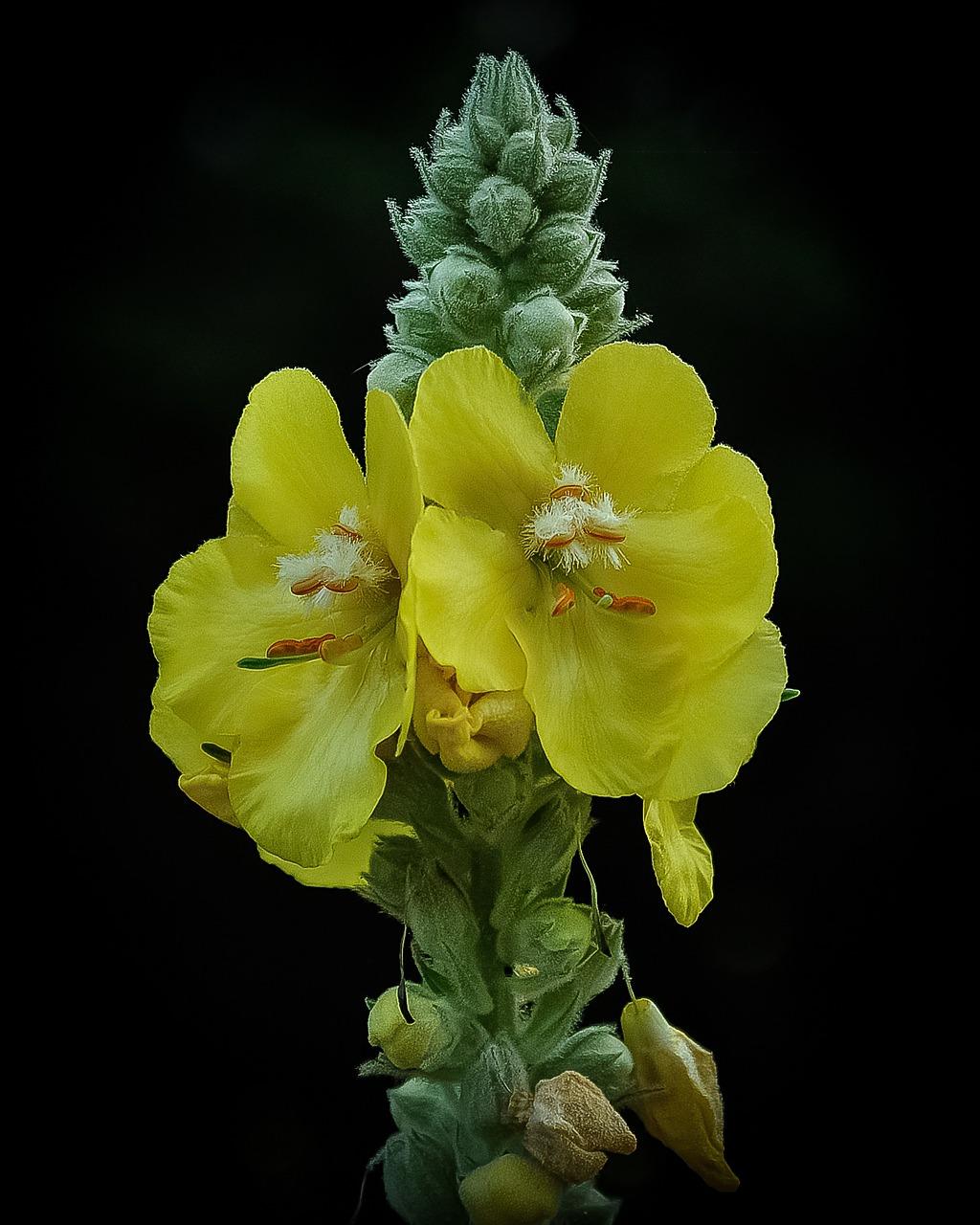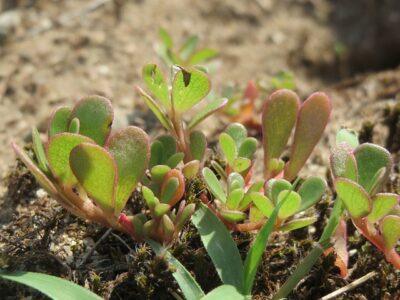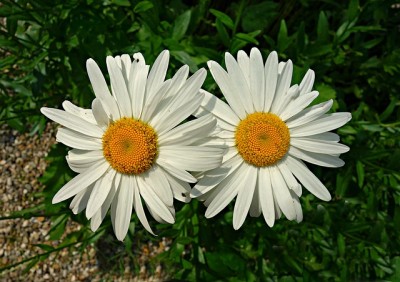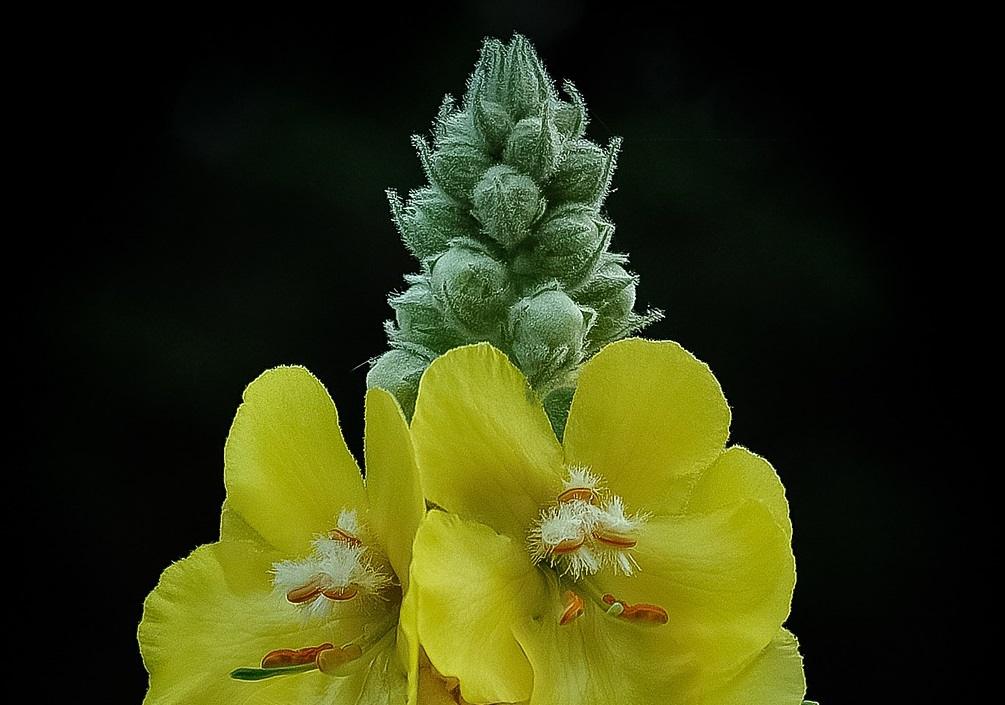
Weeds are an absolute menace to most gardeners. They seem to grow 10 times as fast as the veggies you have planted, covering the entire garden and spoiling all of your plans.
But in hindsight, weeds have gotten a bad rap. In fact, the majority of the weeds you are killing are actually just as edible as the vegetables you are growing. If the weeds aren’t edible, they are likely medicinal. Think back a few centuries ago. Our ancestors lived off the land, and a lot of what they ate grew wild. They treated their illnesses, diseases, aches and pains with plants they found in the forest and on the prairie. Weeds are not all bad.
The following list includes seven weeds you should stop killing:
1. Dandelions. There isn’t a piece of land that the little yellow flowers doesn’t grow. Instead of hitting them with weed killer, pick them and eat them. The flowers and leaves are edible and are quite tasty raw or sautéed and tossed in a salad. Dandelion is rich in vitamin C, and the roots are packed with fiber, just in case you need to get things moving. It is a diuretic and can help cleanse the liver.
The Secret To Making Powerful Herbal Medicines, Right in Your Kitchen!
2. Mullein. This is a monstrous plant that tends to grow along highways or in areas with lots of sun and a rocky soil. It is a nuisance, but it is also going to be a great way to treat a cold and bronchitis. Drying and chopping the leaves and using them to make a tea can relieve chest congestion. The little yellow flowers can be plucked and infused in oil to make a soothing ear drop for an ear infection. The leaves are incredibly soft and can be used as a toilet paper substitute.
3. Plantain. This common plant loves rocky, dry soil and pops up everywhere. It is your saving grace should you get a bee sting, cut or a burn. The leaves can be macerated a bit (some people will pop the leaves in their mouth and give a couple of good chews) and applied directly to the injury.

4. Purslane. This one is an absolute monster and can spread out and choke out small shoots in the garden, but it is just as edible as the other plants you are trying to grow. The leaves are high in healthy Omega-3 fatty acid and are actually a very common ingredient in stir-fry recipes all around the world. It is also very high in calcium. In a post-apocalypse situation, purslane in the diet can make up for the lack of dairy and other calcium-rich foods.
5. Red clover. It covers the lawn in the height of summer and is often attacked with horrible chemicals. It is actually more of a purple, and not red, so don’t be fooled. Stop killing the red clover and start plucking it! Grind up the clover and put it on itchy skin rashes and eczema. Boil the flowers in water to use as a cough remedy. If you can get your hands on some red clover seeds, toss the seeds into your garden plot in the fall and use it as a cover crop.
Fast, All-Natural Pain Relief With No Nasty Side Effects!

6. Oxeye daisies. These are common wildflowers that cover acres of prairies and along the highways. The pretty flowers are similar to the daisies planted in flower beds, but offer a little extra something with their medicinal properties. The flowers can be used to make a tea to cure asthma and chronic coughs. Grinding up the tiny leaves and applying to bruises, sprains and swollen joints is an old-fashioned folk remedy.
7. Yarrow. This is found growing along highways and in fields. A variety of yarrow is often purposely planted in flower beds, but it isn’t the same. You want the wild stuff. It is an excellent way to stop bleeding, which is going to be very important after a disaster. The root can be put directly on a toothache to help stop pain while drawing out any infection.
Next time, when you head out to your garden or look at your lawn covered with dandelions and red clover, smile — you just hit the jackpot.
What advice would you add on using these weeds? Share it in the section below:










